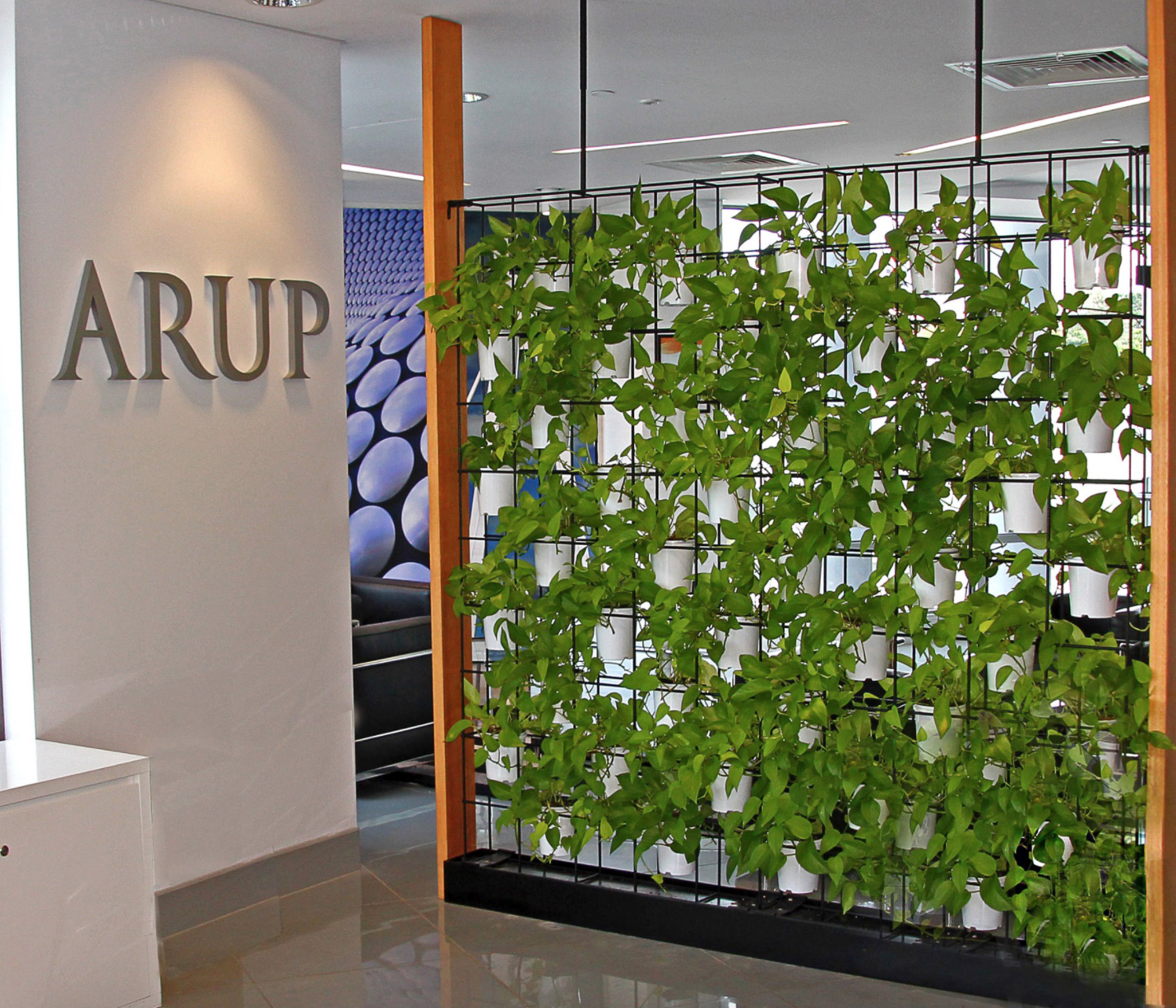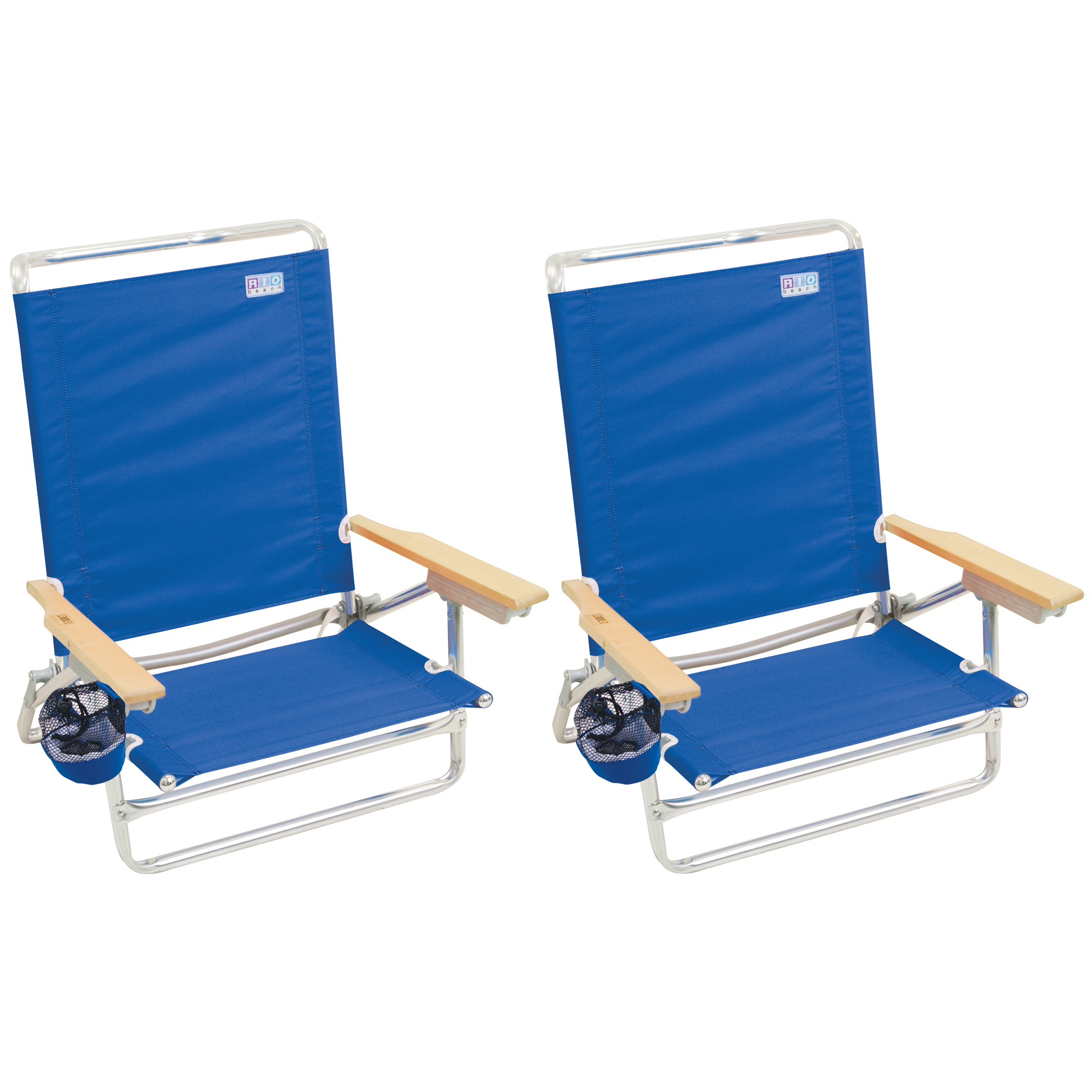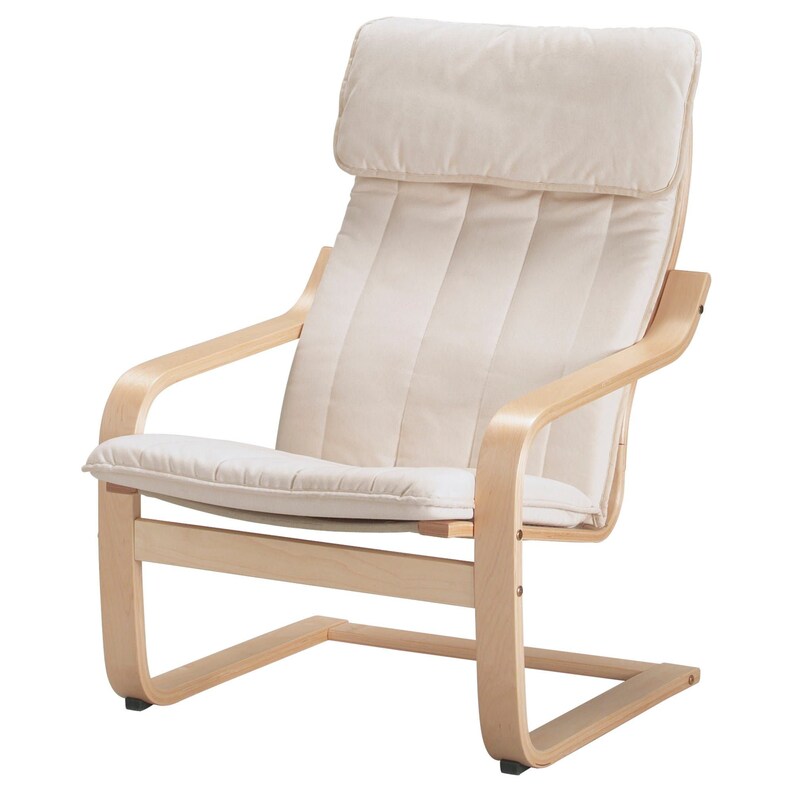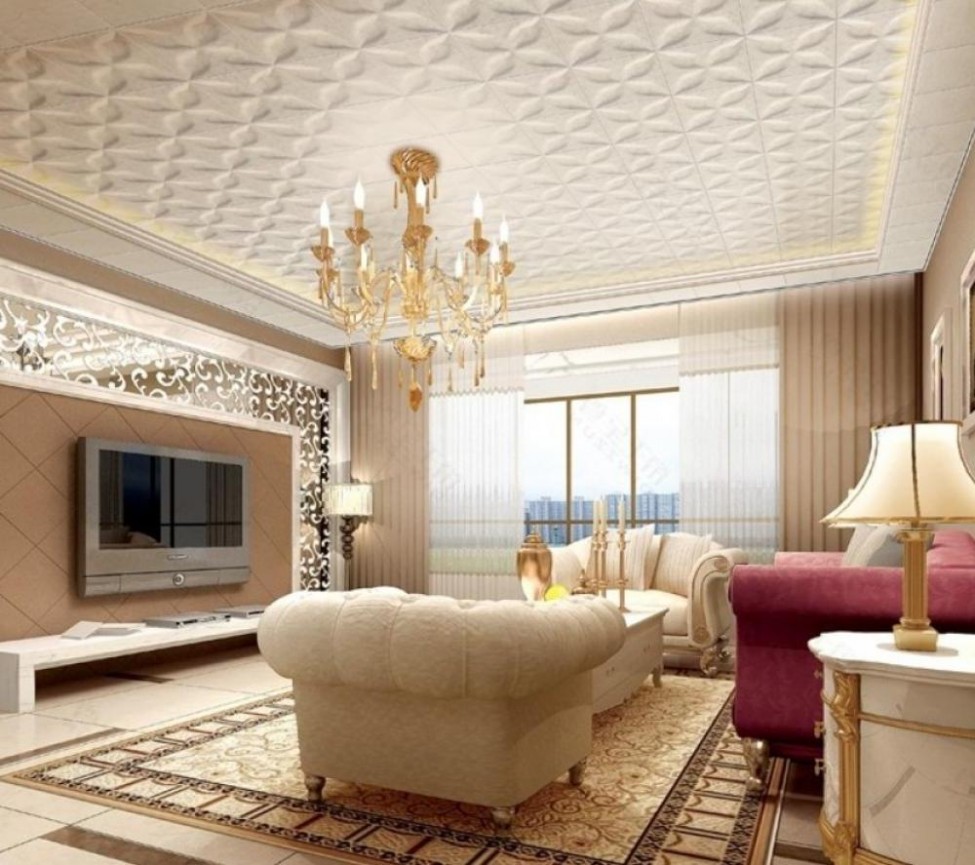Plants are a great way to create privacy and screening and can even draw the eye towards a specific feature in the garden. They take up less space than a hedge, so are a good choice for smaller gardens and courtyards.
Screening With Plants, So, choosing the bamboo plant for a screen based on size is a personal preference. What are the fastest growing screening plants?

What are the fastest growing screening plants? Leyland cypress is a popular privacy fence choice. Prioritize native plants and avoid invasive ones such as bamboo and japanese barberry. Most bamboo plants can grow to over 98 feet in length and have a diameter of 12 inches.
They are also less dense, creating a hazy screen that allows glimpses through it.
Whatever the reason, time taken in choosing the plants for the purpose will pay. 233 listings, new and used, track or wheeled, multiple decks, screeners for separating topsoil, compost, rock, mulch, sand, gravel, aggregate, wood chips, loam, and more. Plants are a great way to create privacy and screening and can even draw the eye towards a specific feature in the garden. They are also less formal, and can change with the seasons, which means they give interest throughout the year. Making a privacy screen with plants is one of the most practical things you can do with your container gardens. Because this plant grows tall and narrow, it’s perfect for planting in a row to create a screen, as shown by the patio space below.
 Source: diyselfy.blogspot.com
Source: diyselfy.blogspot.com
Leyland cypress is a popular privacy fence choice. Prioritize native plants and avoid invasive ones such as bamboo and japanese barberry. Most bamboo plants can grow to over 98 feet in length and have a diameter of 12 inches. They are also less dense, creating a hazy screen that allows glimpses through it. Screening and hedging are very similar concepts,.
 Source: gardenmandy.com
Source: gardenmandy.com
This could be from dropping their leaves or from being spaced further apart at planting. Finally, deciduous plants are included for situations where summer screening for privacy is the main goal. Making a privacy screen with plants is one of the most practical things you can do with your container gardens. Another important consideration is the environmental sensitivity requirements that.
 Source: kingco.co.uk
Source: kingco.co.uk
Some, such as bamboo and grasses, are dynamic, rustling gently in the wind. Property size and space will also impact your plant choices, so the table is divided into plants suitable for large scale and small scale screens. This could be from dropping their leaves or from being spaced further apart at planting. Making a privacy screen with plants is.
 Source: homestratosphere.com
Source: homestratosphere.com
What are the fastest growing screening plants? Plants have always been used to create shelter, offer privacy or screen out unwanted views, define boundaries and divide the space within. Whether it’s a large planting of mixed plants, polished row of hedges, or some tall potted plants, don’t be afraid to play around with ideas. Most bamboo plants can grow to.
 Source: pinterest.co.uk
Source: pinterest.co.uk
Choose from one of these fast growing popular tried and proven screening plants. So, choosing the bamboo plant for a screen based on size is a personal preference. 233 listings, new and used, track or wheeled, multiple decks, screeners for separating topsoil, compost, rock, mulch, sand, gravel, aggregate, wood chips, loam, and more. Most of the medicinal plants contain active.
 Source: centenarylandscaping.com.au
Source: centenarylandscaping.com.au
Plants for screening include pleached hornbeam trees to form a top layer and evergreen conifer hedges at midlevel, plus low boxwood borders to define planting beds. Whatever the reason, time taken in choosing the plants for the purpose will pay. Property size and space will also impact your plant choices, so the table is divided into plants suitable for large.
 Source: topbambooproducts.com
Source: topbambooproducts.com
There are many benefits to using screening plants as a natural barrier for privacy and reducing neigbourhood noise. Some, such as bamboo and grasses, are dynamic, rustling gently in the wind. Fine screens must be automated. Whatever the reason, time taken in choosing the plants for the purpose will pay. Plants are a great way to create privacy and screening.
 Source: transplant.com.au
Source: transplant.com.au
Page 2 of screening plants listings. Many plants can become screens. Most bamboo plants can grow to over 98 feet in length and have a diameter of 12 inches. Because this plant grows tall and narrow, it’s perfect for planting in a row to create a screen, as shown by the patio space below. Finally, deciduous plants are included for.
 Source: tulsalandscapers.net
Source: tulsalandscapers.net
As long as the screen achieves the desired effect and looks attractive, anything goes. There are many benefits to using screening plants as a natural barrier for privacy and reducing neigbourhood noise. What are the fastest growing screening plants? Whether your goal is to plant a screen to create privacy, reduce noise, or block an unsightly view, these practices are.
 Source: artificialplants.com.au
Source: artificialplants.com.au
Full sun to part shade. Page 2 of screening plants listings. Whether your goal is to plant a screen to create privacy, reduce noise, or block an unsightly view, these practices are recommended to. Our most popular plants used for screening are: Qld, nsw, act, vic, tas, sa & wa.
 Source: pinterest.co.uk
Source: pinterest.co.uk
This could be from dropping their leaves or from being spaced further apart at planting. Plants for screening include pleached hornbeam trees to form a top layer and evergreen conifer hedges at midlevel, plus low boxwood borders to define planting beds. Screening plants grow swiftly, provide privacy, and elevate the look of a home. Our most popular plants used for.
 Source: pinterest.de
Source: pinterest.de
So, choosing the bamboo plant for a screen based on size is a personal preference. Pleached hornbeams (carpinus sp.) boxwood (buxus sp.) Screening and hedging are very similar concepts, with one notable difference: Fine screens must be automated. Whether your goal is to plant a screen to create privacy, reduce noise, or block an unsightly view, these practices are recommended.
 Source: artificialplants.com.au
Source: artificialplants.com.au
This could be from dropping their leaves or from being spaced further apart at planting. Leyland cypress is a popular privacy fence choice. Page 2 of screening plants listings. Plants have always been used to create shelter, offer privacy or screen out unwanted views, define boundaries and divide the space within. So, choosing the bamboo plant for a screen based.
 Source: omglifestyle.com
Source: omglifestyle.com
There’s nothing like the tall, stately silhouette of a cypress tree. Many plants can become screens. Material to be separated and filtered. Another important consideration is the environmental sensitivity requirements that your bamboo screening plants might need over time. Studies reported that secondary metabolites such as alkaloids, flavonoids, tannins, terpenoids that are present in these plants might confer to its.

Pleached hornbeams (carpinus sp.) boxwood (buxus sp.) Property size and space will also impact your plant choices, so the table is divided into plants suitable for large scale and small scale screens. A variety of options are provided in the list below. Automation is essential in situations where large amounts of plant matter are carried by the water and arrive.
 Source: homestolove.com.au
Source: homestolove.com.au
They are also less formal, and can change with the seasons, which means they give interest throughout the year. Screening and hedging are very similar concepts, with one notable difference: Choose from one of these fast growing popular tried and proven screening plants. Another important consideration is the environmental sensitivity requirements that your bamboo screening plants might need over time..
 Source: thegardenglove.com
Source: thegardenglove.com
So, choosing the bamboo plant for a screen based on size is a personal preference. Finally, deciduous plants are included for situations where summer screening for privacy is the main goal. Making a privacy screen with plants is one of the most practical things you can do with your container gardens. What are the fastest growing screening plants? Whether your.
 Source: wcmanet.org
Source: wcmanet.org
Certain types of clematis (marked group 3 on the plant label) will cover a trellis or pergola in quick time too if you cut the ends back in early spring to encourage thicker growth. Leyland cypress is a popular privacy fence choice. Another important consideration is the environmental sensitivity requirements that your bamboo screening plants might need over time. Whatever.
 Source: instanthedge.com
Source: instanthedge.com
The layered strategy is particularly effective at creating maximum screening in a compact space. This could be from dropping their leaves or from being spaced further apart at planting. Another important consideration is the environmental sensitivity requirements that your bamboo screening plants might need over time. Finally, deciduous plants are included for situations where summer screening for privacy is the.
 Source: bambooplantshq.com
Source: bambooplantshq.com
Some, such as bamboo and grasses, are dynamic, rustling gently in the wind. Material to be separated and filtered. They are also less formal, and can change with the seasons, which means they give interest throughout the year. Automation is essential in situations where large amounts of plant matter are carried by the water and arrive all at once at.
 Source: pinterest.com
Source: pinterest.com
They provide shade and a softened visual wall for privacy. Screens with a variety of plants are more resilient to diseases, pests, and climate challenges. Screening plants are wonderful in any garden thanks to their ability to block out unsightly and unwanted elements such as neighbours, sheds, rubbish bins and tanks. Studies reported that secondary metabolites such as alkaloids, flavonoids,.
 Source: greenearth-landscapes.com
Source: greenearth-landscapes.com
Plants have always been used to create shelter, offer privacy or screen out unwanted views, define boundaries and divide the space within. Privacy hedges are dense, evergreen, and you cannot see through them, while screening plants provide privacy in summer and allow light through in the winter. Plants are a great way to create privacy and screening and can even.
 Source: decoist.com
Source: decoist.com
Plants for screening include pleached hornbeam trees to form a top layer and evergreen conifer hedges at midlevel, plus low boxwood borders to define planting beds. Prioritize native plants and avoid invasive ones such as bamboo and japanese barberry. So, choosing the bamboo plant for a screen based on size is a personal preference. Studies reported that secondary metabolites such.
 Source: thespruce.com
Source: thespruce.com
Whatever the reason, time taken in choosing the plants for the purpose will pay. Whether it’s a large planting of mixed plants, polished row of hedges, or some tall potted plants, don’t be afraid to play around with ideas. They are also less formal, and can change with the seasons, which means they give interest throughout the year. Some, such.
 Source: thegardenglove.com
Source: thegardenglove.com
Screening plants are wonderful in any garden thanks to their ability to block out unsightly and unwanted elements such as neighbours, sheds, rubbish bins and tanks. Some, such as bamboo and grasses, are dynamic, rustling gently in the wind. They take up less space than a hedge, so are a good choice for smaller gardens and courtyards. Page 2 of.








